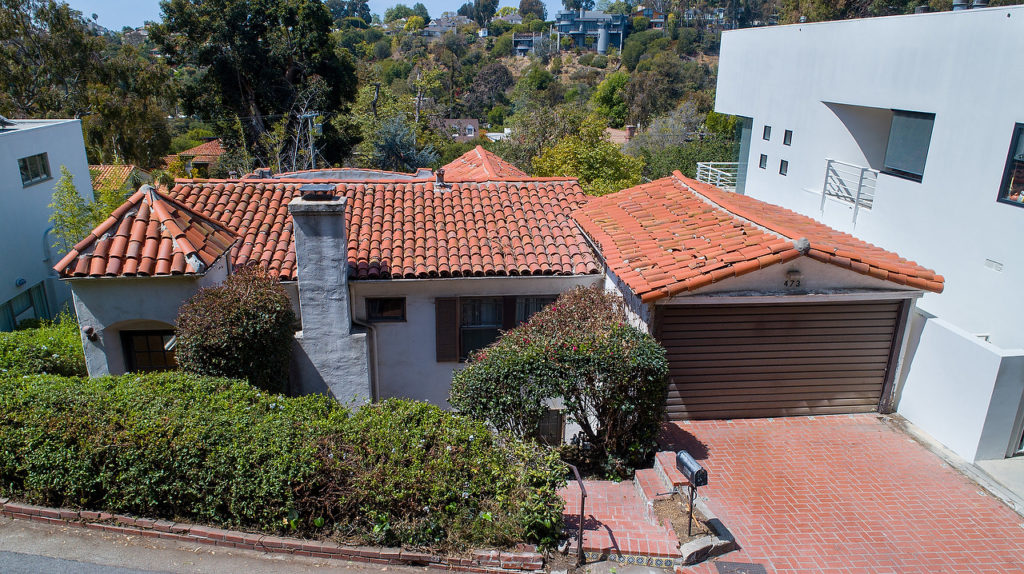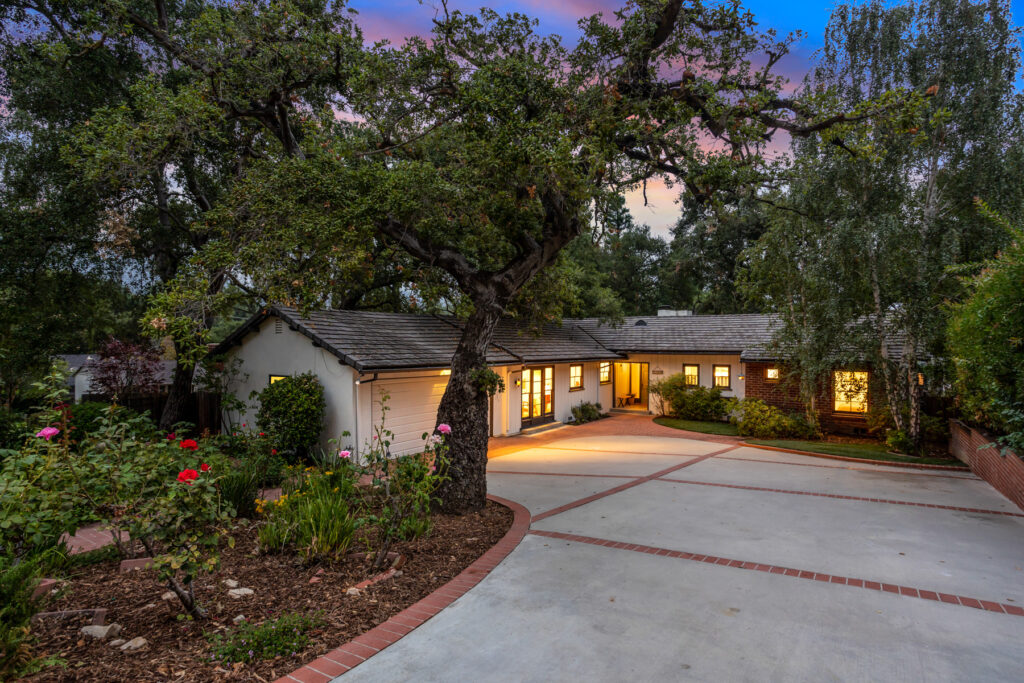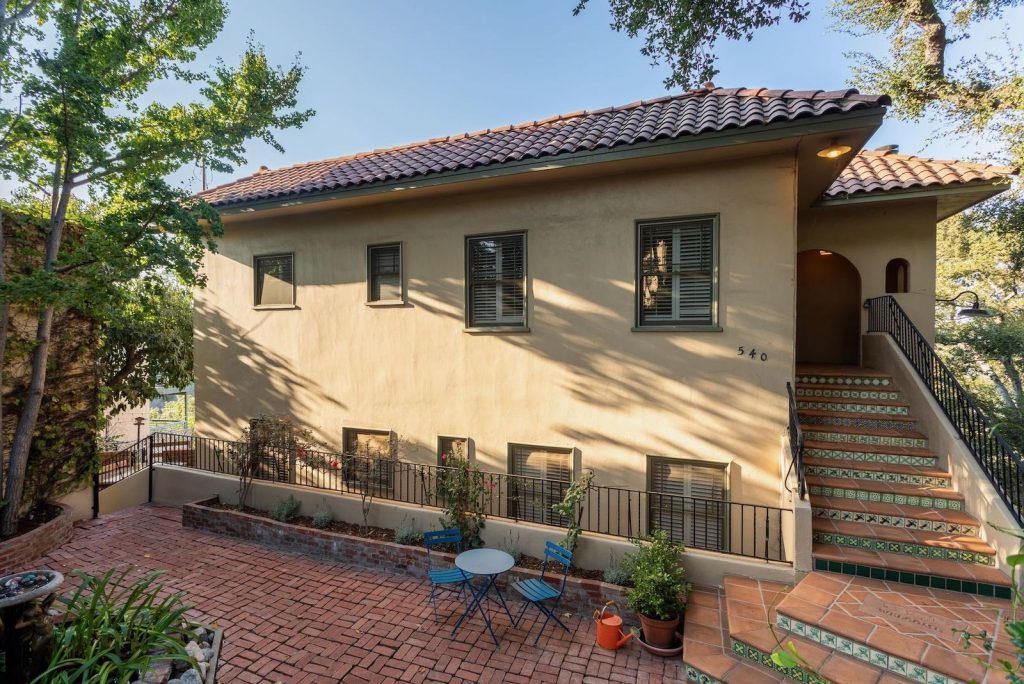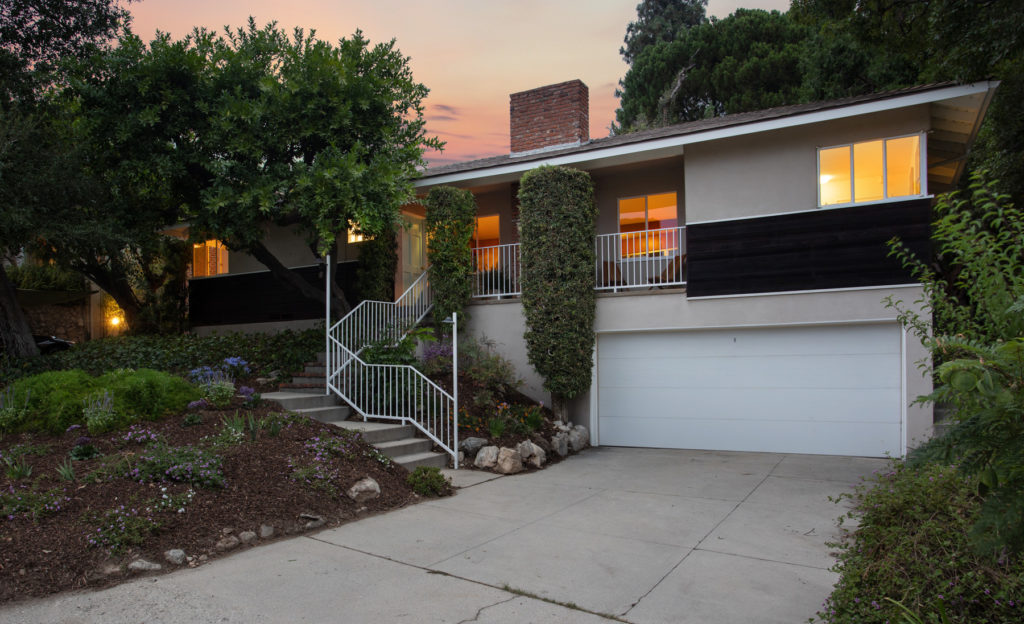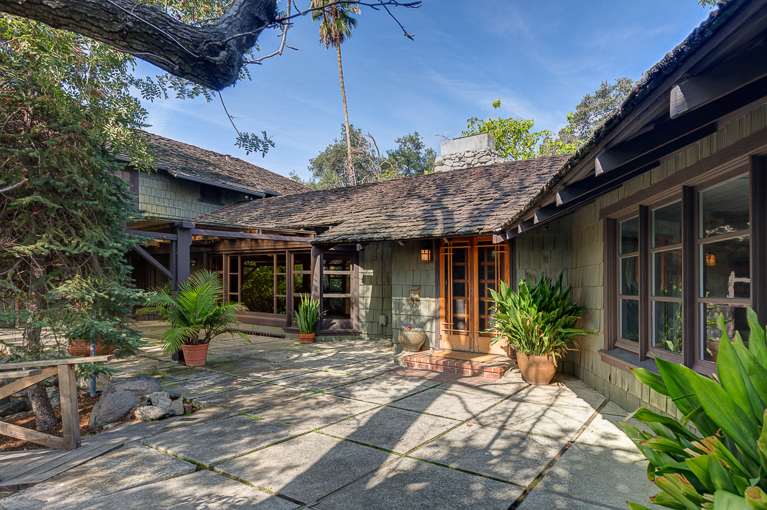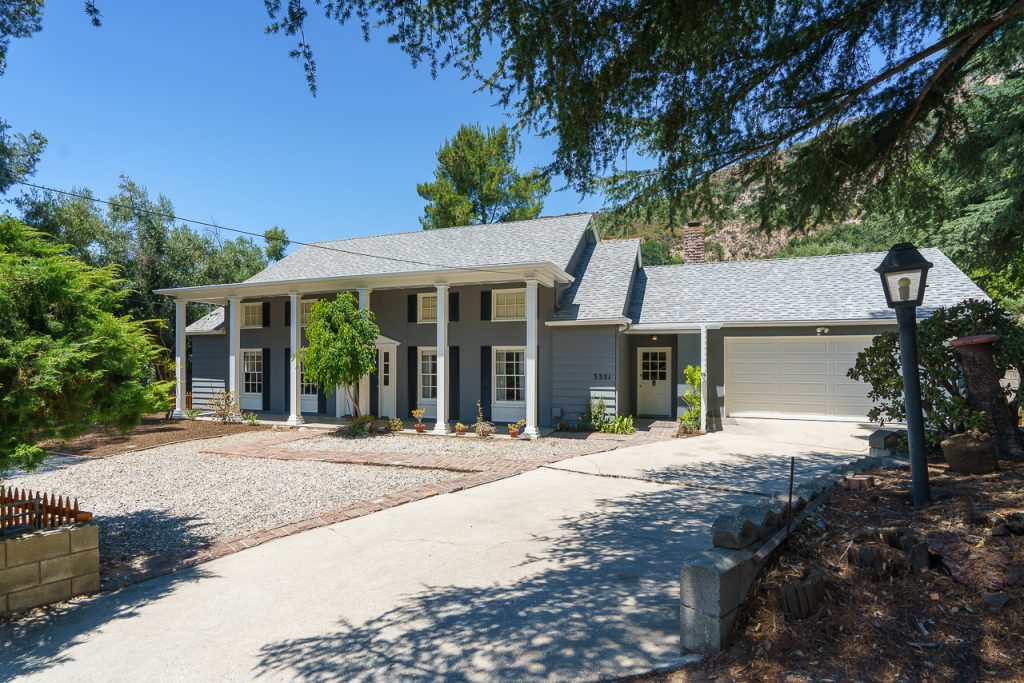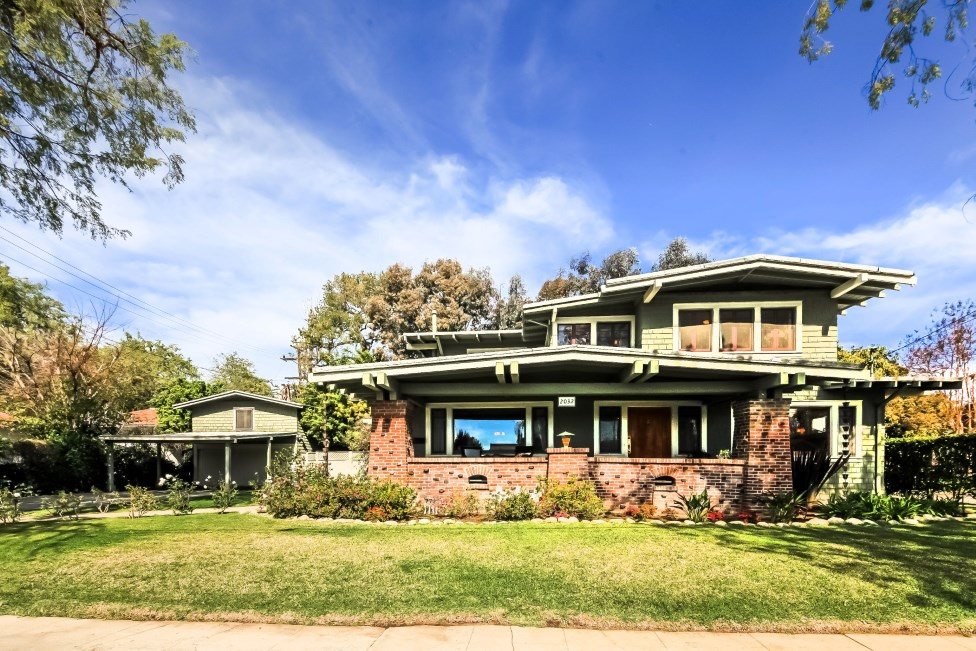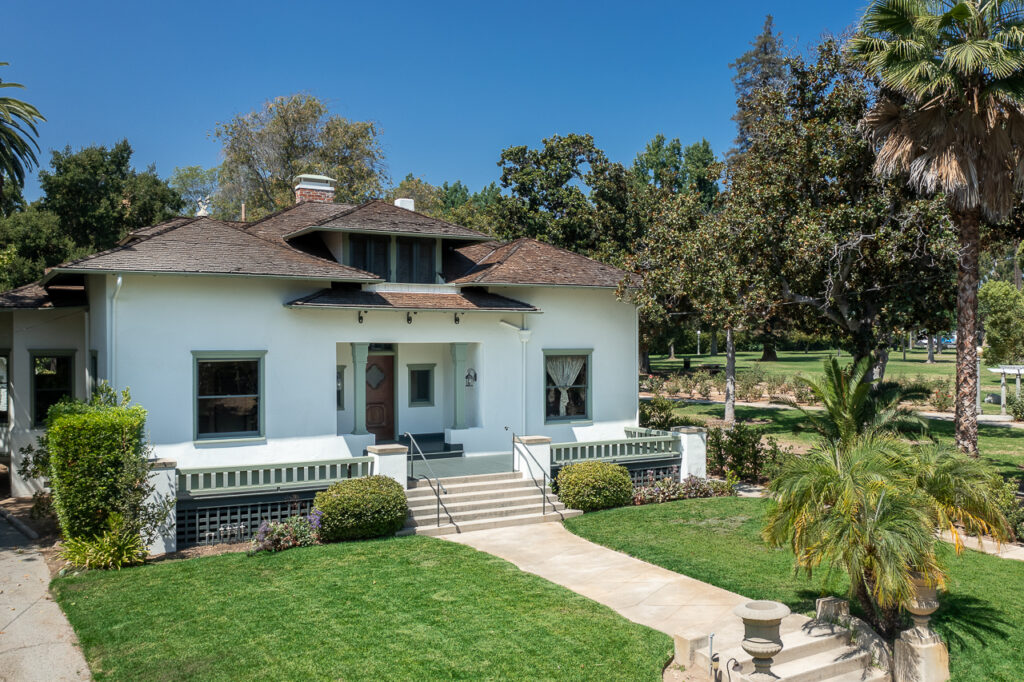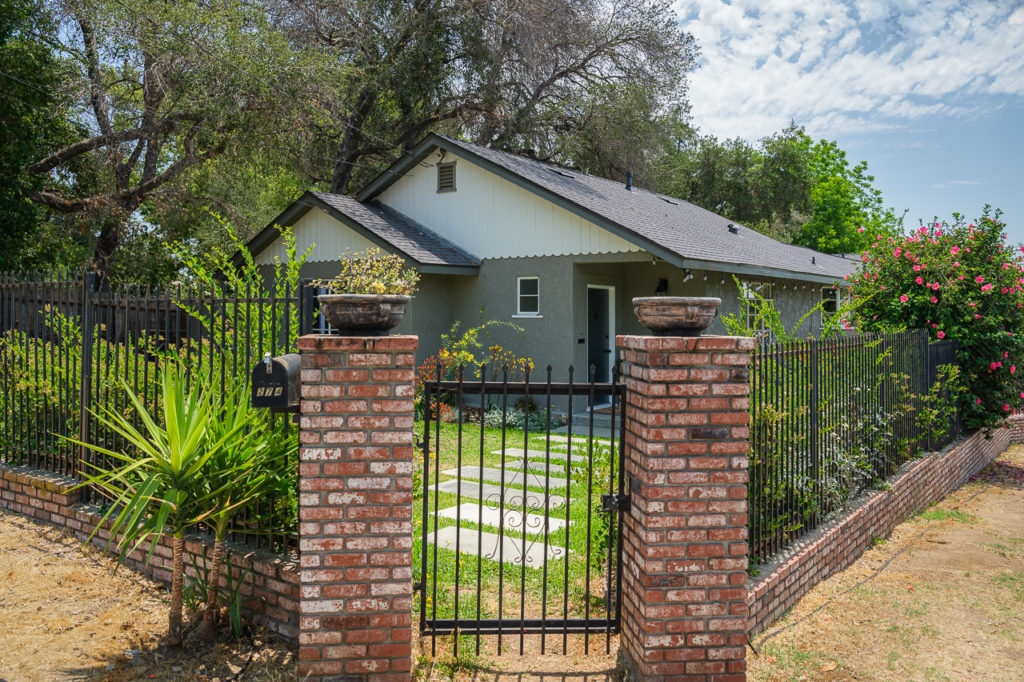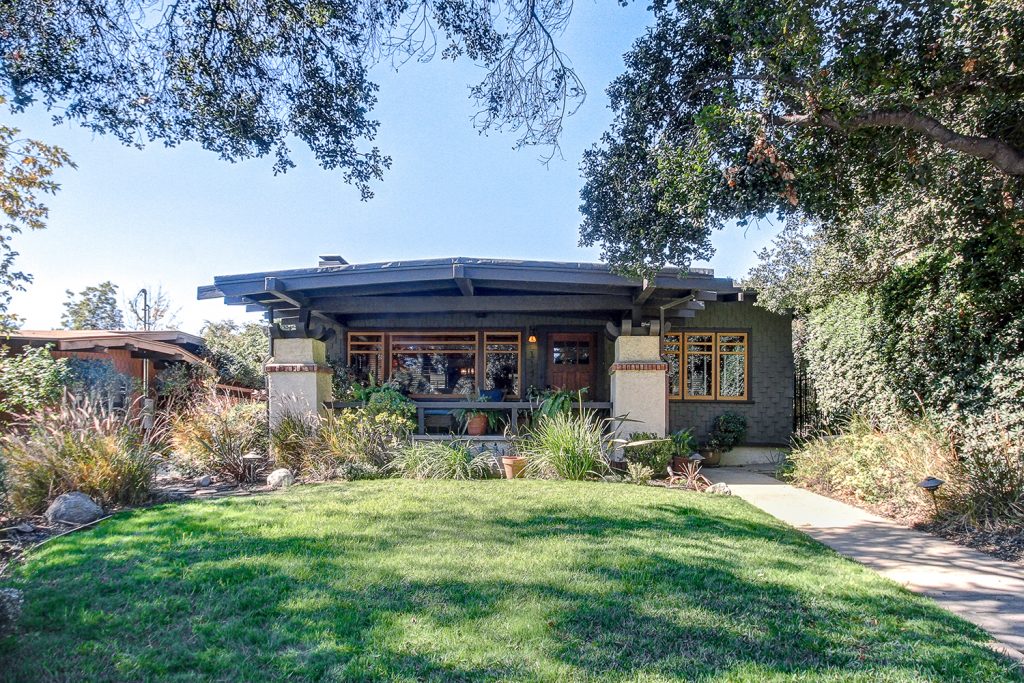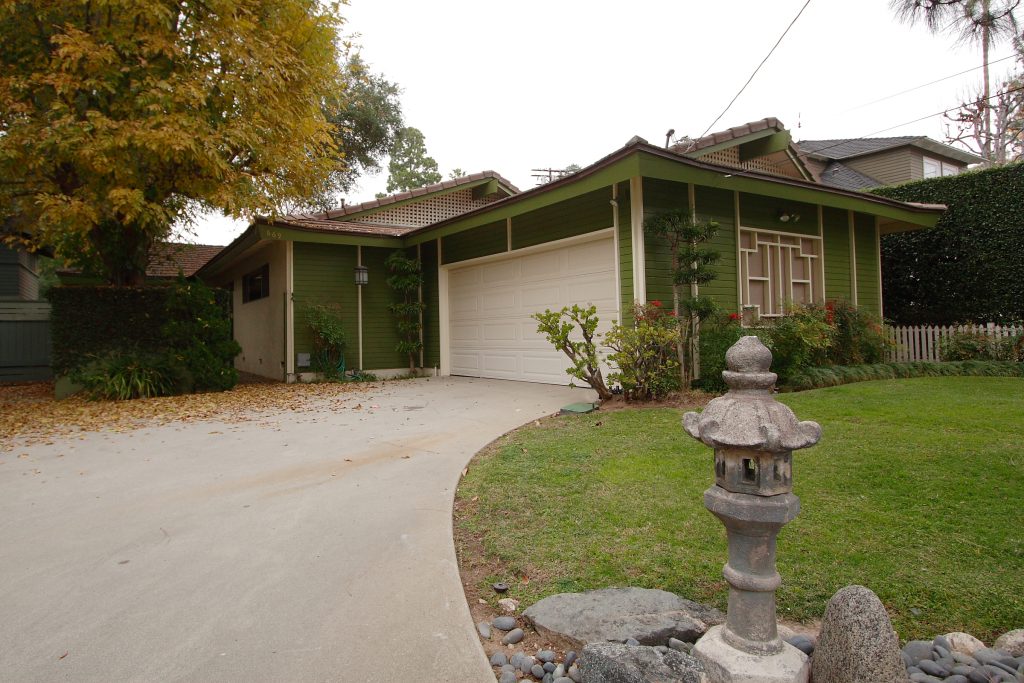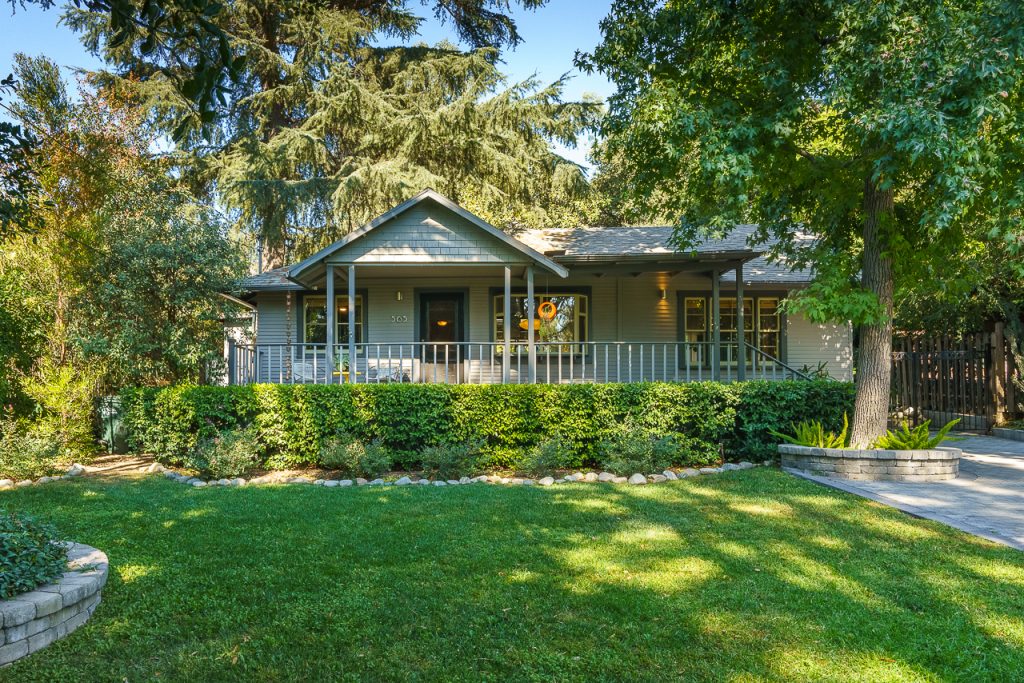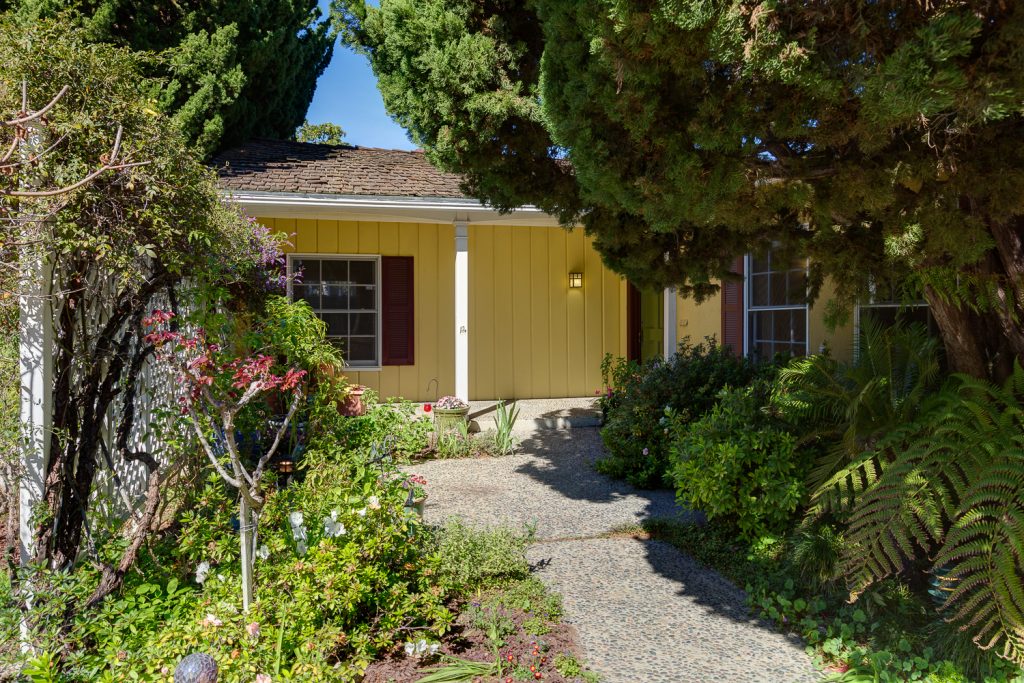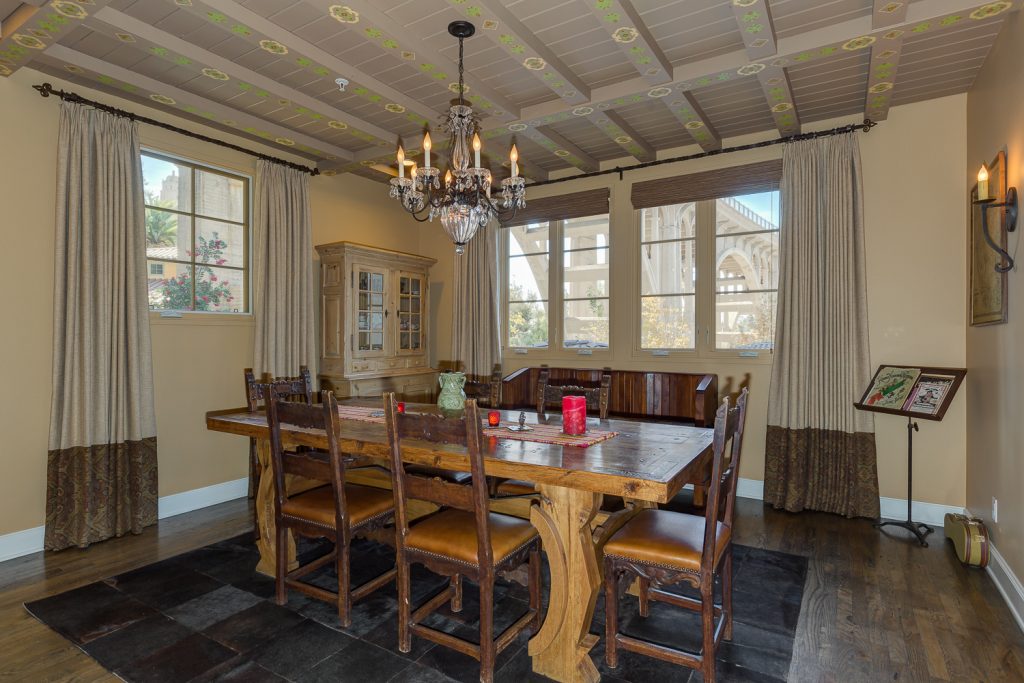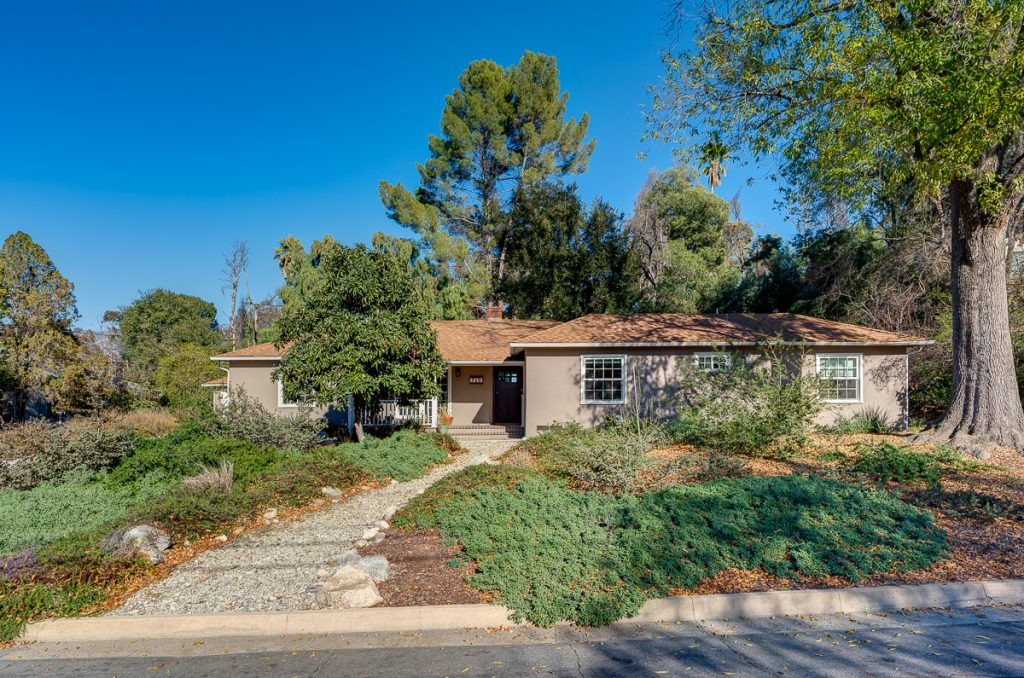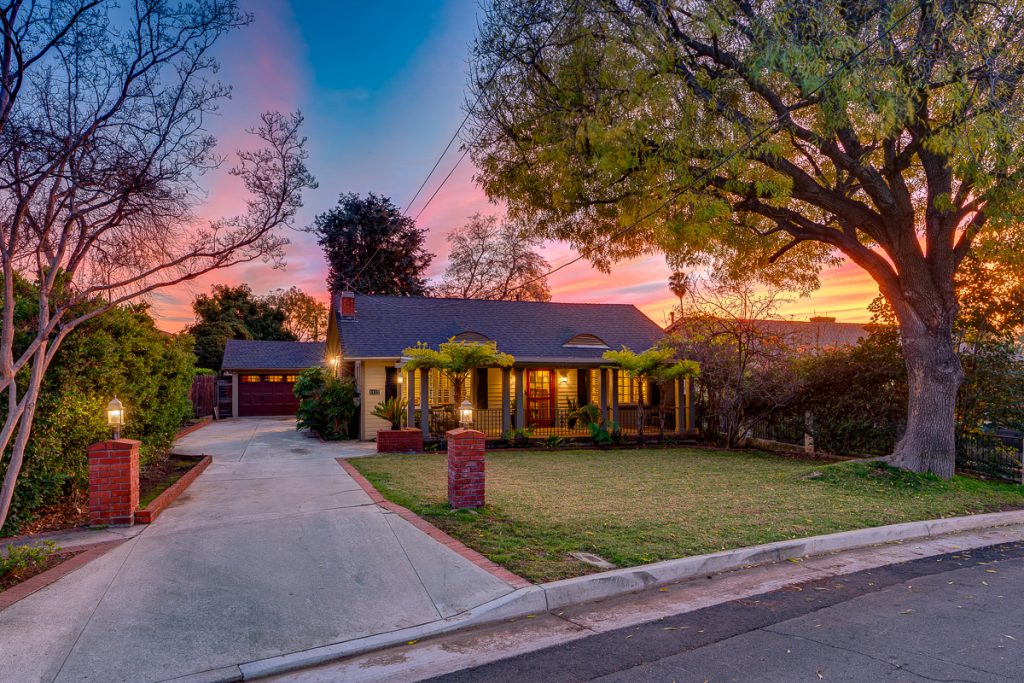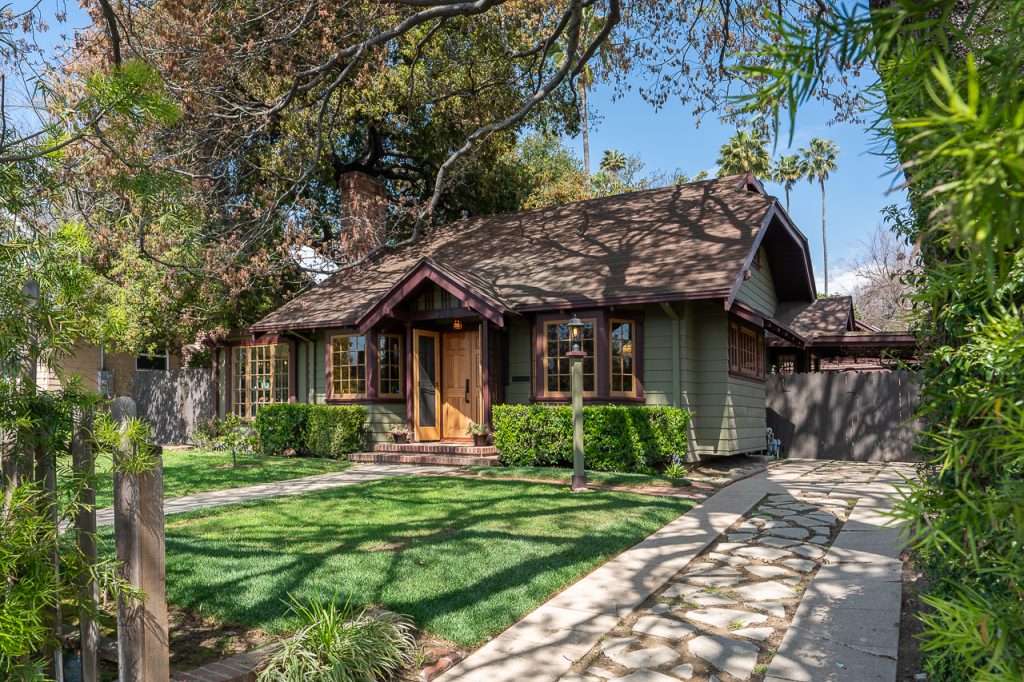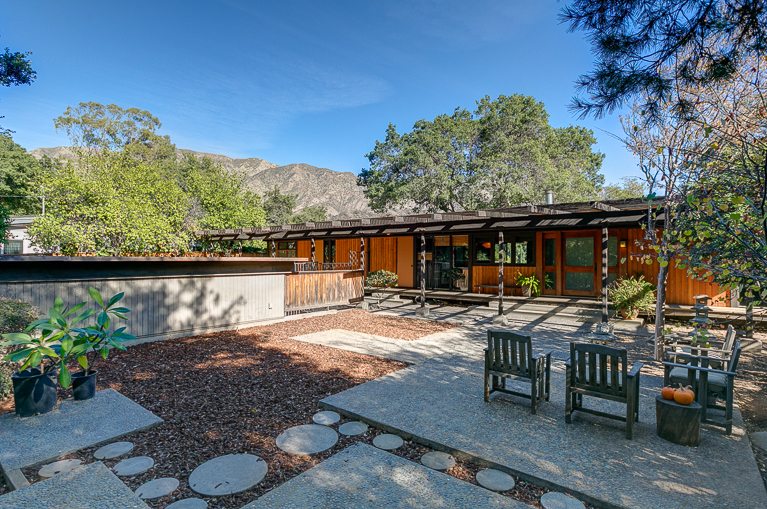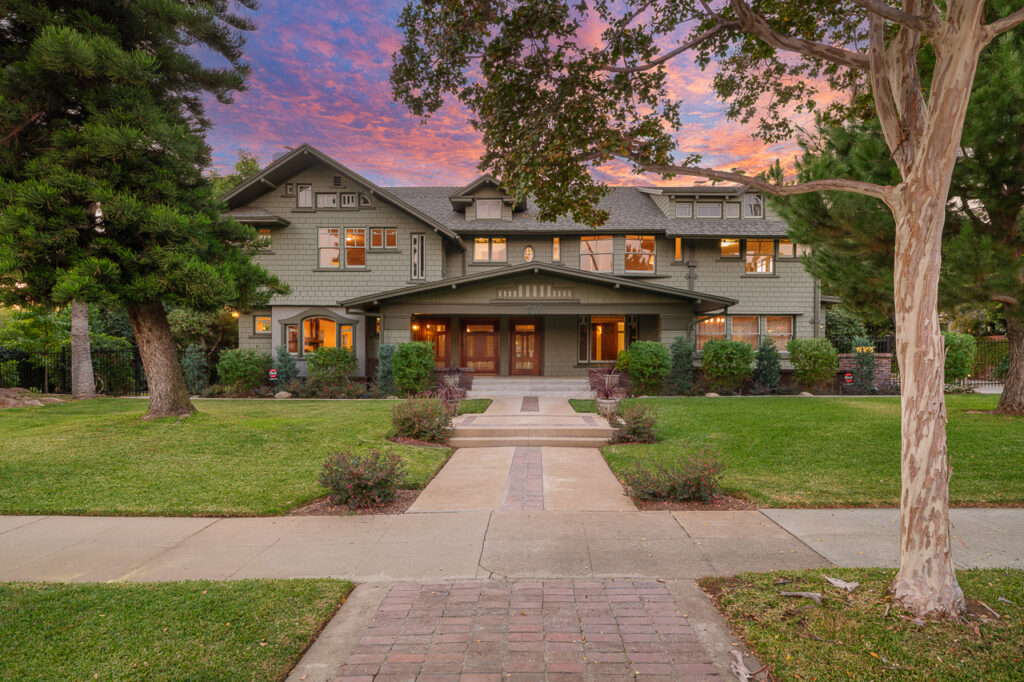Coldwell Banker
388 S. Lake Avenue,
Pasadena, CA 91101
office: 626.797.6500
Email: [email protected]
Loan Ceiling Extended
Buyers of homes in high-priced markets have some reason to cheer: the federal government recently extended through 2010 the maximum dollar amount for “conforming loans.” This will probably mean better options for borrowers who might otherwise have had to take out “jumbo” mortgages.
Conforming loans meet all the guidelines of Fannie Mae and Freddie Mac, the government-controlled agencies that resell packages of loans to investors, and are therefore eligible for purchase by these agencies. Jumbo mortgages, issued in amounts above the government’s maximum, are nonconforming. Because lenders assume less risk in making conforming loans, the interest rates are usually lower.
For much of the past two years, the government has, through Fannie and Freddie, agreed to buy mortgages of $729,500 or less for properties in high-cost housing areas like Manhattan and parts of northern New Jersey. That ceiling had been scheduled to be lowered to $625,500 at the end of this year, but last month Congress extended the higher limit through the end of 2010.
Alan Rosenbaum, the chief executive of the Guardhill Financial Corporation in Manhattan, said the extension would have important implications for those in New York City and many suburbs that are designated as high-cost areas.
“A lot of people have been sitting on their hands for the past month, waiting to see which way this would go,” he said.
Mr. Rosenbaum said that prospective buyers had also been waiting to see if the government would extend the federal home buyer tax credit past its Nov. 30 deadline, and it did so earlier this month. The extension of the higher conforming loan limit and the home buyer tax credit “will help our market maintain its momentum,” he said.
In early November, Mr. Rosenbaum said, lenders in the region were charging rates of just under 5 percent, on average, for 30-year conventional fixed-rate mortgages of less than $417,000. That dollar amount was previously the limit for conforming loans, and it is still used as an industry benchmark for lower-risk loans.
For mortgages of $417,000 to $729,500, the rates were about 5.25 percent, reflecting the slightly higher risk associated with such loans. Jumbo loans — mortgages above $729,500 — carried average rates of about 5.7 percent, Mr. Rosenbaum said.
In some cases, jumbo borrowers were also required to come up with higher down payments and to maintain higher cash reserves. And some lenders refused to offer jumbo loans on co-ops or condominiums that are not at least 75 percent occupied.
David Adamo, the chief executive of Luxury Mortgage in Stamford, Conn., said the extension of the loan limit was another sign of improving conditions for New York’s jumbo borrowers.
By fortifying the market for loans below $729,500, he said, the government is also helping to stabilize demand for more expensive homes. “I’m much more confident in making million-dollar loans in New York now,” Mr. Adamo said.
That confidence all but disappeared from the market after the mortgage and real estate industries faltered in early 2007. In 2006, lenders issued just under $500 billion of jumbo mortgages; last year, that figure dropped nearly $100 billion, Mr. Adamo said, citing data from Inside MBS & ABS, a trade publication.
Mr. Adamo said that jumbo loans could become less expensive in the coming months, if investor demand for mortgage-backed securities increased.
For nearly three years, he noted, jumbo mortgages were significantly pricier than conforming loans, and there was little demand for them from investors. But in recent months, he said, more lenders have sought to buy jumbo loans from him as investments.
“More participants in the market means we’ll see more product availability, which will bring down the pricing,” Mr. Adamo said. “We’re seeing some very positive signs.”


